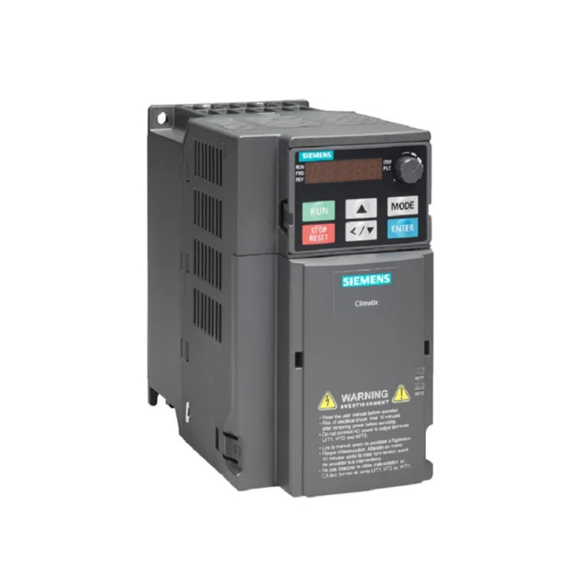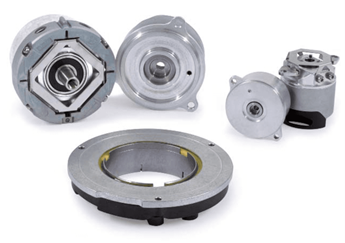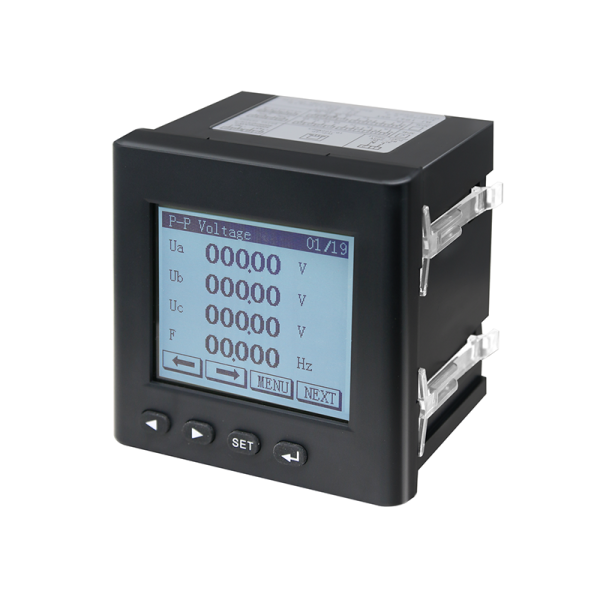How many types of rectifiers do you know? This article will introduce the rectifier types in detail.

1. Types of Rectifiers by Phase
Single Phase Rectifiers
Single-phase rectifiers are commonly used in applications where the power requirement is relatively low and the load is not highly sensitive to fluctuations.
Applications: Single-phase rectifiers are typically found in household electronics such as televisions, radios, small power supplies, and appliances. They are suitable for low-power and medium-power applications where the AC supply is from a single-phase source.
Types: Single-phase rectifiers can be further classified into single-phase half-wave rectifiers and single-phase full-wave rectifiers.
Three Phase Rectifiers
Three-phase rectifiers are used in applications requiring higher power and more stable output.
Applications: These rectifiers are used in industrial equipment, high-power applications, and large power supplies. Common uses include heavy machinery, industrial motors, and large-scale power supply systems.
Types: Three-phase rectifiers include three-phase half-wave rectifiers and three-phase full-wave rectifiers, with the latter being more efficient and providing a smoother DC output.

2. Types of Rectifiers by Control
Uncontrolled rectifiers use diodes for AC to DC conversion without any control over the output voltage.
Description: These rectifiers provide a fixed output that depends on the input AC voltage and load conditions. They are simple and cost-effective but lack flexibility.
Applications: Basic power supplies, battery charging circuits, and simple DC power needs where precise control of the output is not required.

Controlled Rectifiers
Controlled rectifiers use devices such as silicon controlled rectifiers (SCRs) to regulate the output voltage by controlling the phase angle of the AC input.
Description: These rectifiers allow for adjustment of the output voltage by varying the firing angle of the SCRs, offering more flexibility and control.
Applications: Controlled rectifiers are used in variable speed drives for motors, regulated power supplies, industrial heating systems, and any application requiring precise control over the DC output.

3. Rectifier types by Waveform
Half Wave Rectifiers
Half-wave rectifiers utilize a single diode to convert only one half-cycle of AC to DC, resulting in a pulsating DC output.
Description: During one half of the AC cycle, the diode conducts and allows current to pass, while during the other half, the diode blocks the current, resulting in a pulsating DC voltage.
Applications: Simple and low-power applications where efficiency and smoothness of the DC output are not critical, such as signal demodulation and basic power supplies.

Full Wave Rectifiers
Full-wave rectifiers convert both half-cycles of AC to DC, providing a smoother and more efficient DC output.
Types:
Center-Tap Full Wave Rectifier: Uses a center-tapped transformer and two diodes. The center tap acts as a neutral point, allowing each half of the transformer secondary winding to provide current for one half-cycle.
Bridge Rectifier: Uses four diodes in a bridge configuration to rectify both half-cycles of the AC input without the need for a center-tapped transformer.
Applications: Full-wave rectifiers are used in higher power applications such as power supplies for electronic devices, DC motor drives, and any application requiring a stable and efficient DC output.
4. Rectifier types by Mounting
Plug-in Rectifiers
Plug-in rectifiers are compact and designed for easy installation into a socket or a power strip.

Description: These rectifiers are portable and convenient, often used with small electronic devices that require a simple AC to DC conversion.
Applications: Consumer electronics, small power adapters, and portable devices.
Rack Rectifiers
Rack rectifiers are modular units designed to be installed in 19-inch racks, common in telecommunications and data centers.

Description: These rectifiers offer scalability and reliability, making them suitable for high-density and high-availability environments.
Applications: Telecom equipment, data center power supplies, industrial control systems, and any application where space and scalability are crucial.
Wall-Mount Rectifiers
Wall-mount rectifiers are mounted on walls, often used in commercial and industrial settings.

Description: These rectifiers are designed for fixed installation, providing a stable and reliable DC power source.
Applications: Security systems, industrial automation, HVAC systems, and remote telecommunication sites.
5. Types of Rectifiers by Voltage
24V Rectifiers
Applications: Used in low-voltage applications such as small electronics, LED lighting, control systems, and portable devices.
48V Rectifiers
Applications: Commonly used in telecommunications equipment, data centers, renewable energy systems, and uninterruptible power supplies (UPS).
110V Rectifiers
Applications: Used in regions with 110V AC mains (such as North America), these rectifiers are found in various consumer and industrial applications, including household appliances, power tools, and smaller industrial equipment.
220V Rectifiers
Applications: Used in regions with 220V AC mains (such as Europe, Asia, and parts of Africa), these rectifiers are suitable for a wide range of applications, from consumer electronics to industrial equipment and large-scale power systems.
Conclusion
Rectifiers are versatile components crucial for converting AC to DC in various applications. The choice of rectifier depends on the specific requirements of the application, including the phase, control method, waveform, mounting style, and voltage. Understanding these classifications helps in selecting the appropriate rectifier for efficient and reliable operation in any given electrical or electronic system. Whether for household electronics, industrial machinery, telecommunications, or renewable energy systems, rectifiers play an indispensable role in modern technology.






